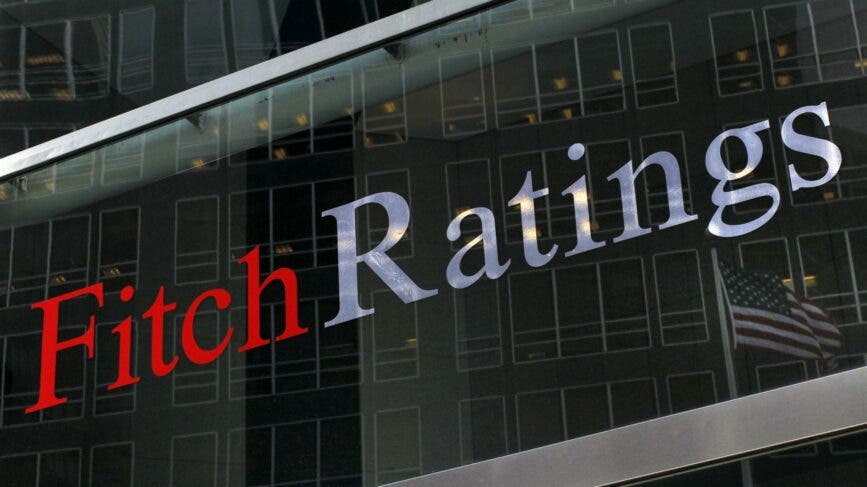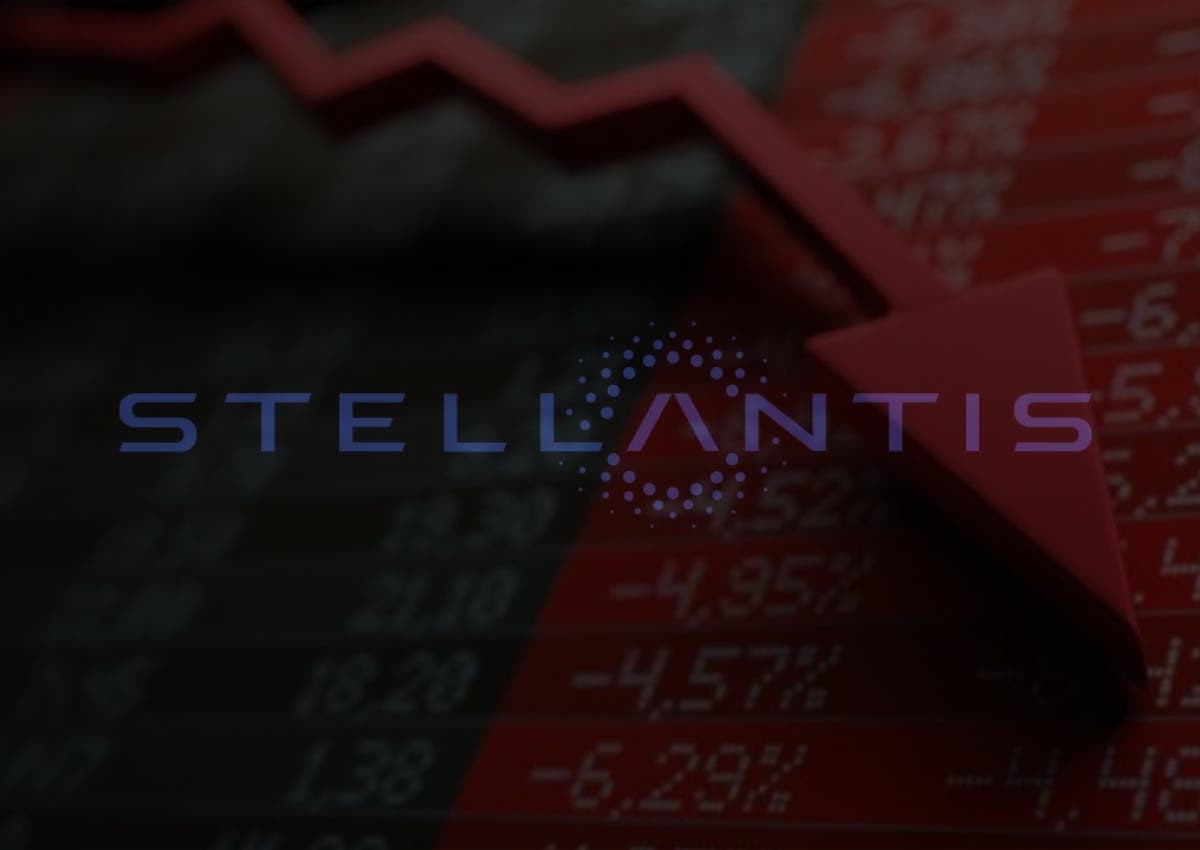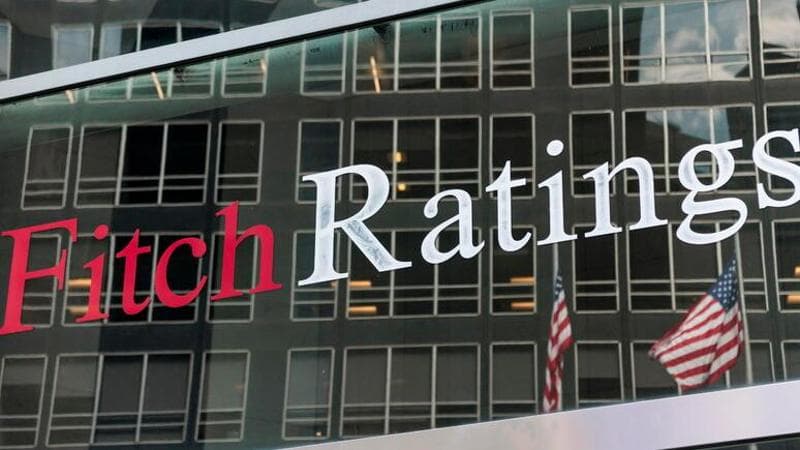Fitch Ratings recently voiced major concerns about what the financial future of Stellantis might look like. In fact, the agency changed the company’s outlook from “positive” to “negative,” which indicates a rather risky increase in a possible downgrade of Stellantis’ credit rating. But what does this mean in detail? Let’s shed some light on the general situation of the automotive group.
Reasons for this change of course
It appears that the main reason for this decision made by Fitch Ratings, lies in Stellantis’ underperformance for the North American market. The automotive group has been experiencing a major decline in profitability and profit margins in general. In particular, it all stems from the difficulty of excess inventory disposal and also to the increasing price competitiveness in the market. This is precisely why Fitch has revised Stellantis’ outlook downward.

Stellantis has previously adopted a very aggressive pricing strategy, which was initially seen to be excellent in terms of sustaining profit, but then became counterproductive in the face of changing customer preferences, which obviously lean more toward cars that are economically within their reach. This led to the accumulation of many cars in the United States, forcing the company to reduce production at many plants while also recording operating losses. In addition, another main problem for Stellantis, are the Chinese vehicles, which are also challenging the company in the European market and for the luxury car segment. In fact, the Orientals have come to the market with electric vehicles at very low prices, which has inevitably destabilized many manufacturers. In addition, stellantis also struggling to compete with premium brands, as those from Germany are always very high in the rankings.

Weaknesses of Stellantis’ financial system
Although it may seem that the financial structure of an automotive group such as Stellantis may be very sound, it equally has several weaknesses. The net cash position is definitely positive, but the room for maneuver is very limited, especially if we take into consideration potential more shareholder-friendly policies. Therefore, we can say that the future of Stellantis depends solely on its ability to succeed in dealing with the many challenges it faces in this very complicated period. The company necessarily needs to review its business strategies globally, optimizing its inventory management to the maximum extent and strengthening the competitiveness of its products in order to adapt best and quickly to the changing market.
The implications of this revision of Stellantis’ outlook are definitely significant. Indeed, if a potential credit rating downgrade were to occur, as we have anticipated, it could make all of Stellantis’s financing much more expensive than it should be under normal conditions. Therefore, this would certainly go a long way toward limiting its ability to invest in new technologies and products, moreover, an issue that is causing much discussion in America by the UAW union. To make matters worse, we can add that they could also go so far as to erode shareholder confidence and even consumer confidence. As a result, there would be negative repercussions on shares and corporate market share.
